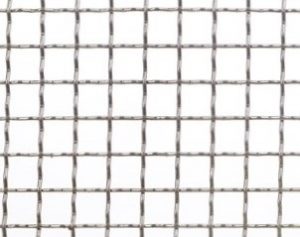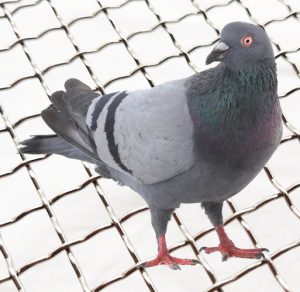Aluminum mesh with a 2-mesh specification is commonly used for bird exclusion purposes. This type of mesh is specifically designed to prevent birds from entering or nesting in certain areas while allowing for airflow and visibility. Here are some key features and benefits of using 2-mesh aluminum mesh for bird exclusion:
Mesh Size: The “2-mesh” specification refers to the number of openings or holes per linear inch of the mesh. In this case, it means there are two openings per linear inch. This mesh size is effective in keeping out small to medium-sized birds while allowing for proper ventilation.

Material: Aluminum is a lightweight and durable material for bird exclusion mesh. It is resistant to corrosion, making it suitable for outdoor applications. Aluminum mesh is also easy to work with, allowing for customization and installation flexibility.
Openings: The size of the mesh openings is carefully chosen to prevent birds from entering while allowing air and light to pass through. The mesh is designed to be small enough to keep out birds but large enough to maintain adequate airflow and visibility.
Bird Exclusion: The purpose of using 2-mesh aluminum mesh is to create a physical barrier that prevents birds from accessing certain areas, such as eaves, attics, rooftops, and ventilation systems. The mesh acts as a deterrent, keeping birds away from nesting or roosting sites.

Humane Solution: Aluminum mesh for bird exclusion is considered a humane solution as it does not harm or injure the birds. Instead, it provides a barrier that encourages them to find alternative locations for nesting or roosting.
It is advisable to consult with Ourun Wire Mesh specialists to determine the appropriate mesh size and maintenance requirements for specific bird exclusion needs.